The 1960s revolutionized fashion with bold styles that broke all the rules. From women’s liberation expressed through miniskirts to men’s fashion rebelling against the conservative 1950s, this decade changed how we dress forever.
Take a colorful trip back to this groovy era and rediscover these iconic styles that defined a generation.
1. The Satin Blouse
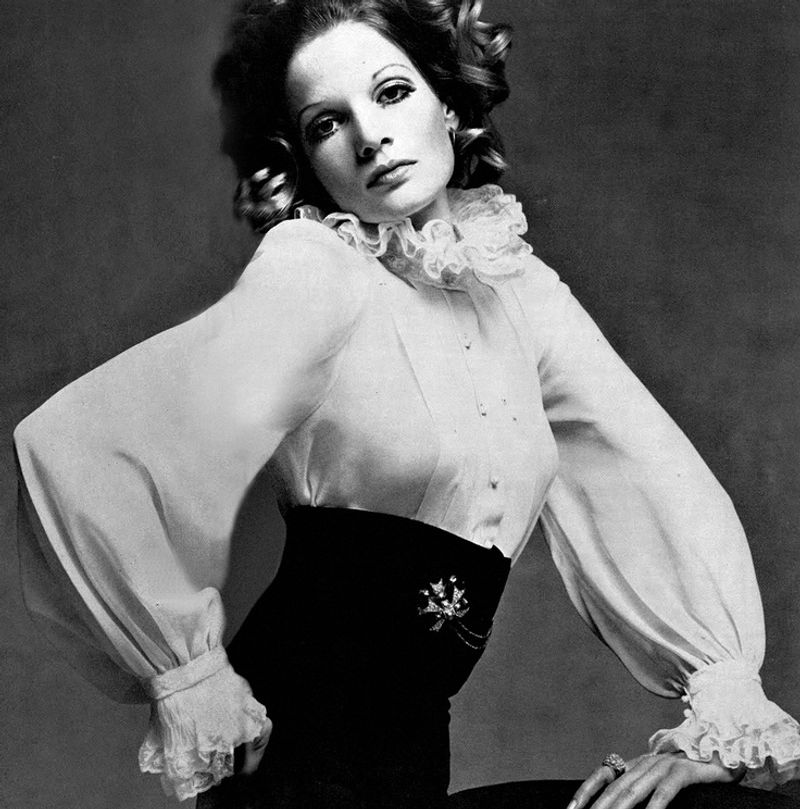
Gleaming in the disco lights or glowing softly in office fluorescents, satin blouses added instant glamour to any ’60s woman’s wardrobe. These luxurious tops featured high necks, often with pussy bows, and billowy sleeves that created a feminine silhouette. Women tucked them into high-waisted skirts for work or paired them with cigarette pants for evening cocktails.
The material’s sheen caught the light beautifully, making it perfect for the increasingly colorful palette of late ’60s fashion. Popular in jewel tones like emerald green and royal purple, these blouses transitioned perfectly from day to night with just a change of accessories.
2. Babydoll Dresses
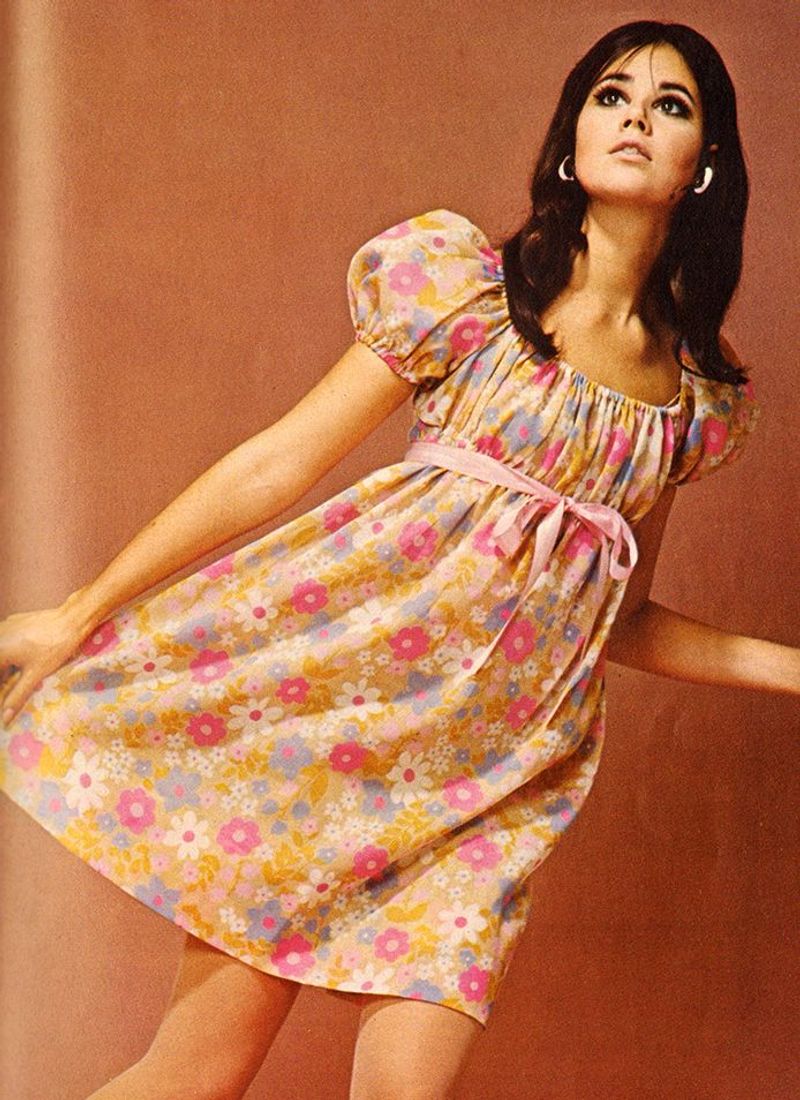
Short, flirty, and featuring high waistlines, babydoll dresses embodied the youthful spirit of the ’60s while challenging traditional dress codes. The style originated from lingerie but quickly became acceptable as everyday wear, marking a dramatic shift in what women could publicly wear.
These dresses typically featured empire waists, loose fits, and often came in pastel colors or floral prints. Young women paired them with flat shoes or sandals for a look that was both innocent and subtly provocative.
British model Pattie Boyd helped popularize the style, wearing it with her signature long, straight blonde hair.
3. Bell Bottoms
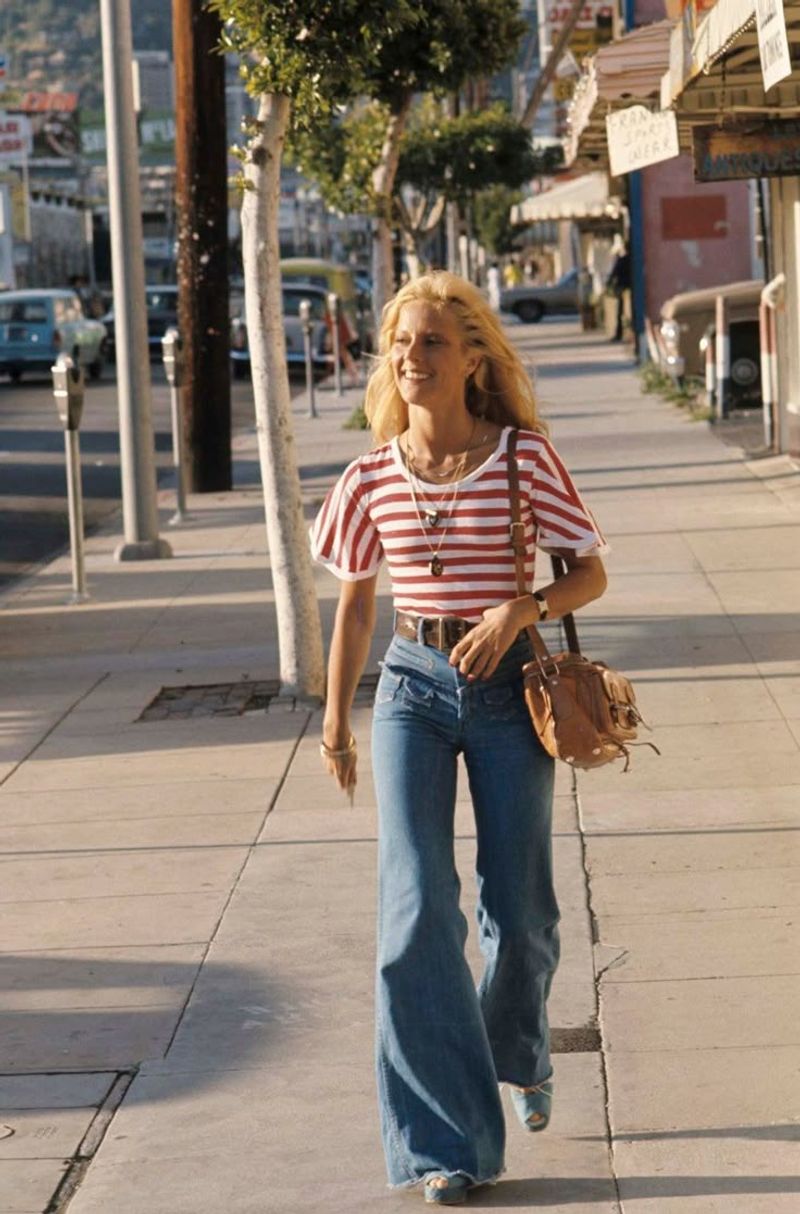
Starting as a practical design for sailors who needed pants easy to roll up, bell bottoms transformed into the ultimate ’60s counterculture symbol. These pants fit snugly at the waist and thighs before dramatically flaring out from the knee down, creating that distinctive bell shape.
Hippies adopted them first, often embellishing homemade versions with embroidery, patches, and vibrant patterns. The style went mainstream when fashion designers created high-end versions in luxurious fabrics.
Women wore them with tight-fitting tops to balance the wide-legged silhouette, creating that unmistakable hourglass shape that defined late ’60s style.
4. Shift Dresses
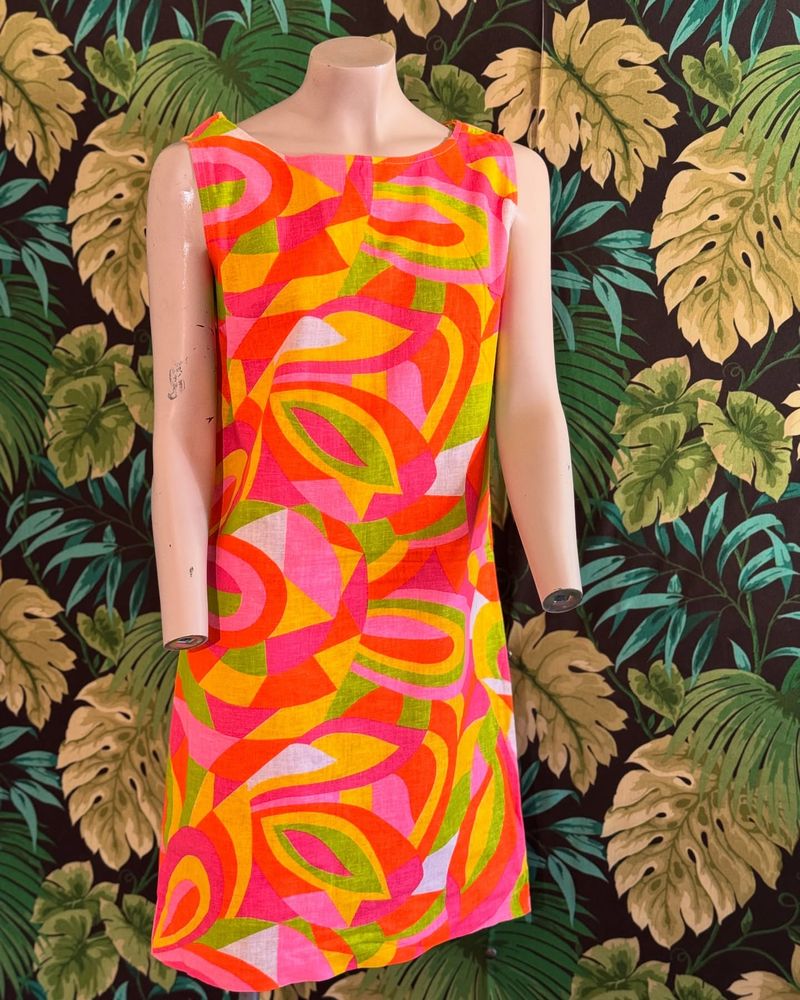
A-line silhouettes and hemlines that dared to climb created the ultimate symbol of ’60s female liberation. These straight, sleeveless dresses hung loosely from the shoulders, creating a modern, youthful look that rejected the cinched waists of previous decades.
Fashion icons like Twiggy and Jean Shrimpton popularized the style, often pairing it with white go-go boots for maximum impact. The simple design made it perfect for bold geometric patterns and bright colors that defined the mod aesthetic.
5. Rounded and Oversized Sunglasses

Audrey Hepburn might have popularized cat-eye frames in the ’50s, but the ’60s demanded something more dramatic. Oversized round and square frames became the ultimate fashion accessory, with dark lenses and thick plastic frames in white, black, or tortoiseshell.
These statement pieces weren’t just for sun protection—they conveyed mystery and sophistication. Fashion icons like Jackie Kennedy often hid behind huge, round frames that covered half their faces.
By the late ’60s, tinted lenses in yellow, pink, and blue became popular with the hippie movement, adding a psychedelic touch to this practical accessory.
6. The Pillbox Hat
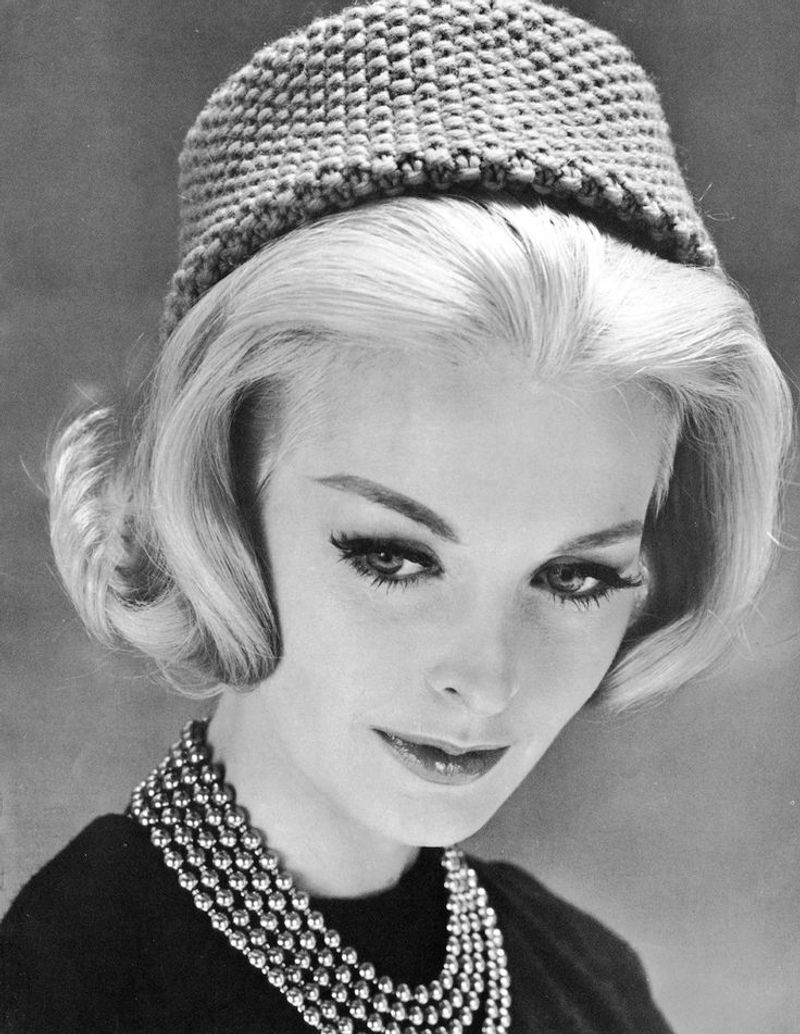
Nothing defined early ’60s elegance quite like the pillbox hat, a small, flat-crowned, straight-sided hat without a brim. First Lady Jacqueline Kennedy made it an essential accessory after wearing a pink one to her husband’s presidential inauguration in 1961.
Women wore these hats perched slightly forward on the head, often matching them to their outfits for a coordinated look. The clean, architectural shape complemented the structured suits and dresses of the early ’60s perfectly.
Milliners created versions in every color imaginable, though pastels and bright solids remained the most popular for daytime wear.
7. The Slim-Cut Suit
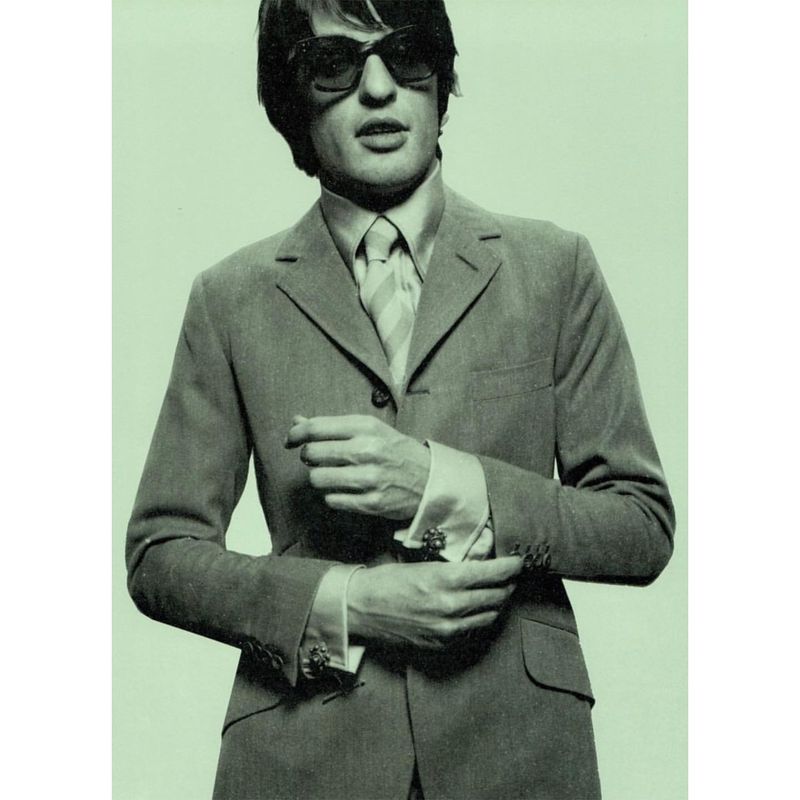
British invasion bands like The Beatles and The Kinks transformed men’s tailoring with their slim-cut suits that rejected the boxy silhouettes of the 1950s. These sharply tailored suits featured narrow lapels, tapered trousers, and jackets that hugged the torso rather than hiding it. Young men wore them with skinny ties and Chelsea boots, creating a sleek silhouette that screamed modern sophistication.
The look originated on London’s Carnaby Street but quickly spread worldwide as rock stars made it their uniform. Colors expanded beyond traditional navy and gray to include burgundy, bottle green, and even patterns like subtle plaids.
8. The Porkpie Hat
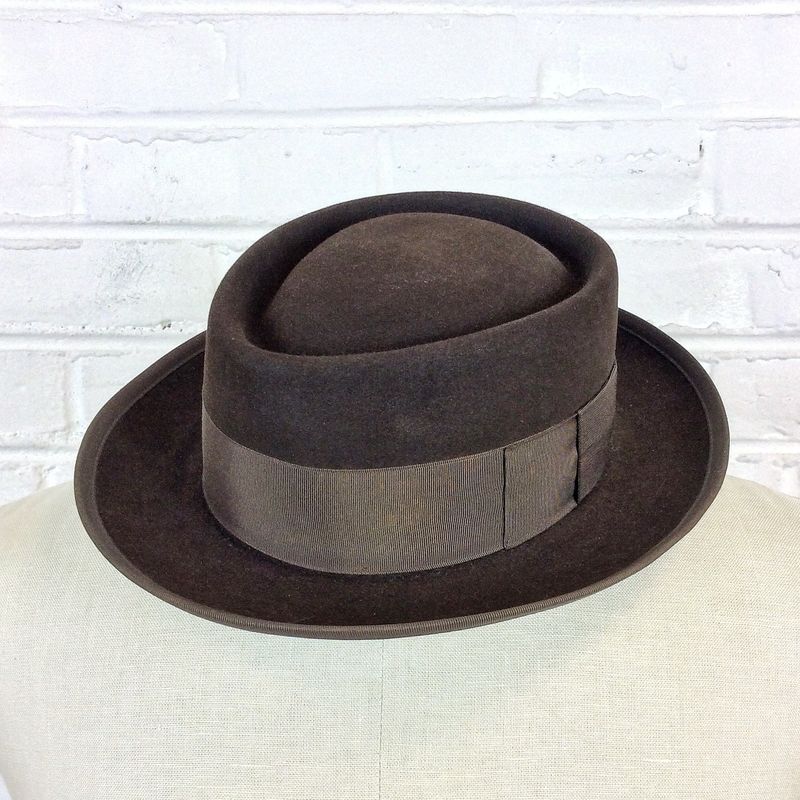
With its flat top, short brim, and distinctive circular crease in the crown, the porkpie hat became the cool guy’s alternative to the traditional fedora. Jazz musicians had worn them for years, but the ’60s saw them adopted by stylish young men across America and Britain.
These hats sat higher on the head than fedoras, creating a more youthful, less formal appearance. Men often tilted them slightly, wearing them with everything from suits to casual wear. Made from straw in summer and felt in winter, porkpie hats offered versatility while adding instant character to any outfit.
9. Turtlenecks
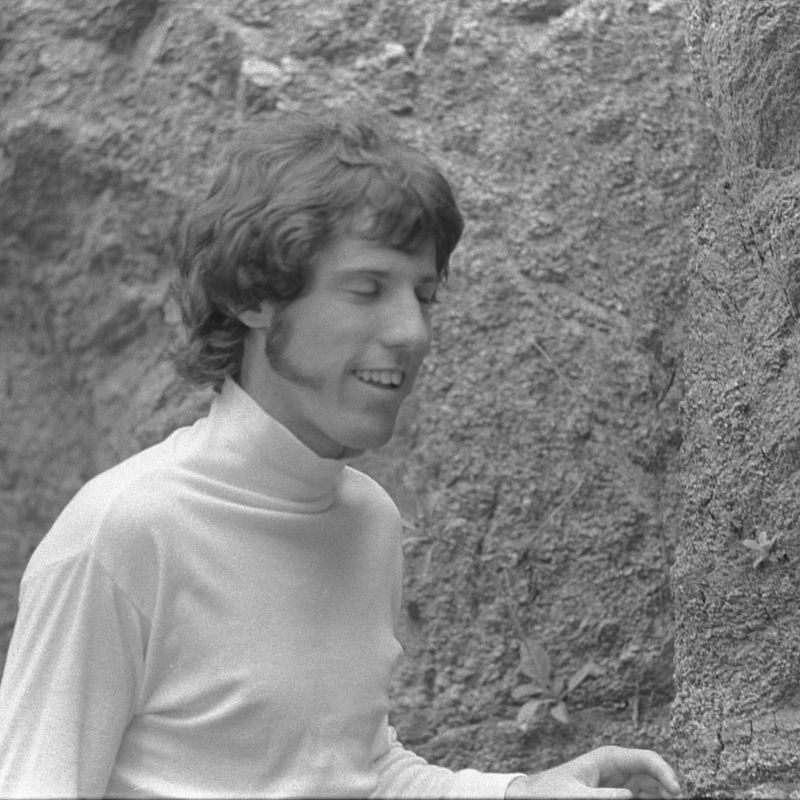
Nothing said sophisticated ’60s man quite like a slim-fitting turtleneck worn under a blazer or alone with tailored trousers. This versatile garment crossed boundaries between beatniks, academics, and fashion-forward young men looking for alternatives to traditional shirts and ties. Black was the classic choice, but the ’60s expanded the palette to include rich jewel tones and even patterns.
The style projected confidence and a certain intellectual air, becoming a signature look for cultural icons like Steve McQueen and Robert Redford. Men often layered them under V-neck sweaters or sports coats for a look that worked from university campuses to coffee houses.
10. Leather Jackets
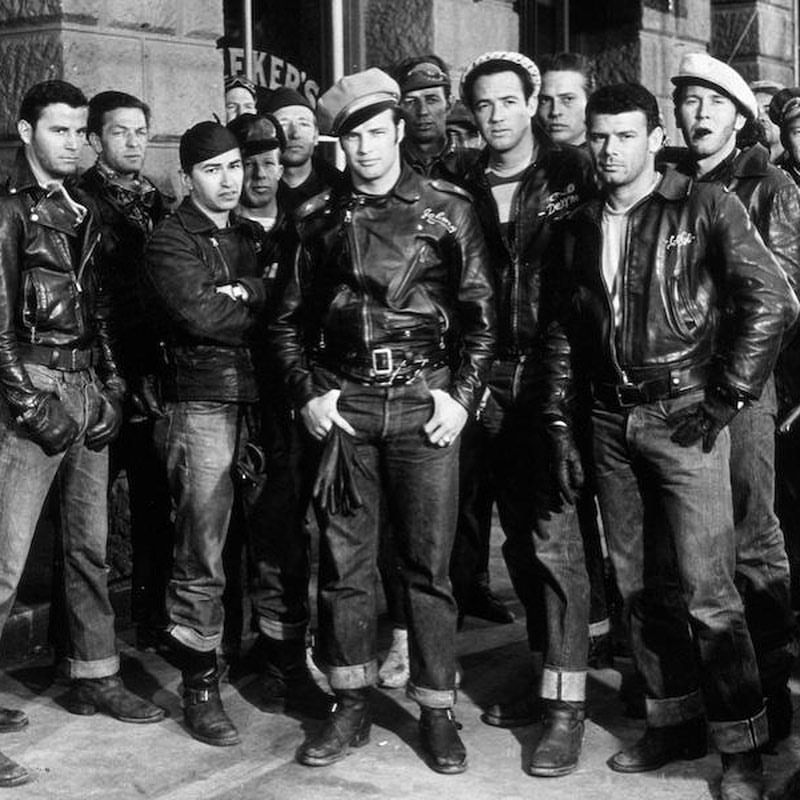
Motorcycle gangs might have popularized leather jackets in the ’50s, but the ’60s transformed them into mainstream fashion for rebellious young men. The classic black motorcycle jacket with asymmetrical zipper and snap-down lapels symbolized youthful defiance and cool detachment. Rock stars like Jim Morrison made them iconic stage wear, while everyday guys paired them with jeans for instant edge.
These jackets weren’t just fashion statements—their durability made them practical investments that often improved with age. By the late ’60s, customization became popular, with wearers adding patches, studs, and even hand-painted designs to personalize their leather.
11. Beatle Boots
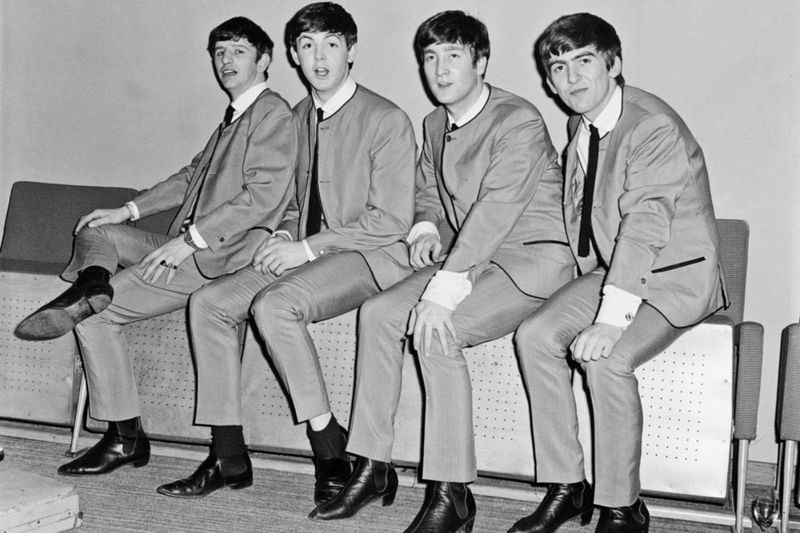
Before the Fab Four made them famous, these ankle-high boots with Cuban heels and pointed toes were simply called Chelsea boots. The Beatles commissioned their own version with higher heels, and suddenly men everywhere wanted that extra inch of height and rock star appeal.
Made from black leather with elastic side panels for easy on-off, these boots completely changed men’s footwear expectations. They paired perfectly with the narrow trousers of mod suits but worked equally well with jeans for a more casual look.
12. Skinny Ties
Rejecting their fathers’ wide ties, young men of the ’60s embraced super-slim neckwear measuring just 1-2 inches at their widest point. These narrow ties perfectly complemented the slim-cut suits and narrow lapels that defined the decade’s menswear revolution. Solid colors dominated early in the decade, but psychedelic patterns and op-art designs became popular as the ’60s progressed.
The skinny tie wasn’t just fashion—it was generational rebellion expressed through neckwear. Worn slightly shorter than traditional ties, often ending above the belt, these slim accessories created a modern, youthful proportion that telegraphed fashion awareness.

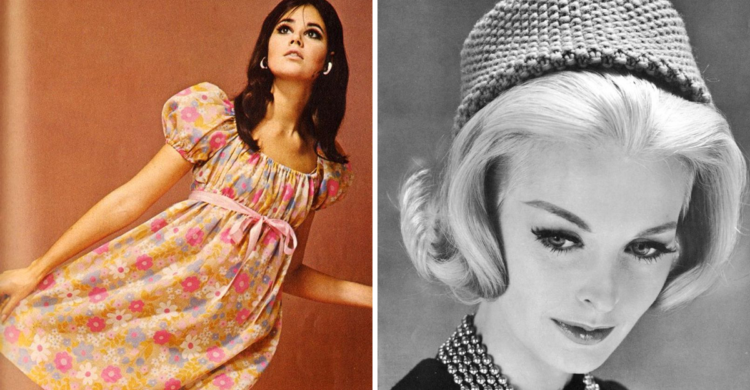
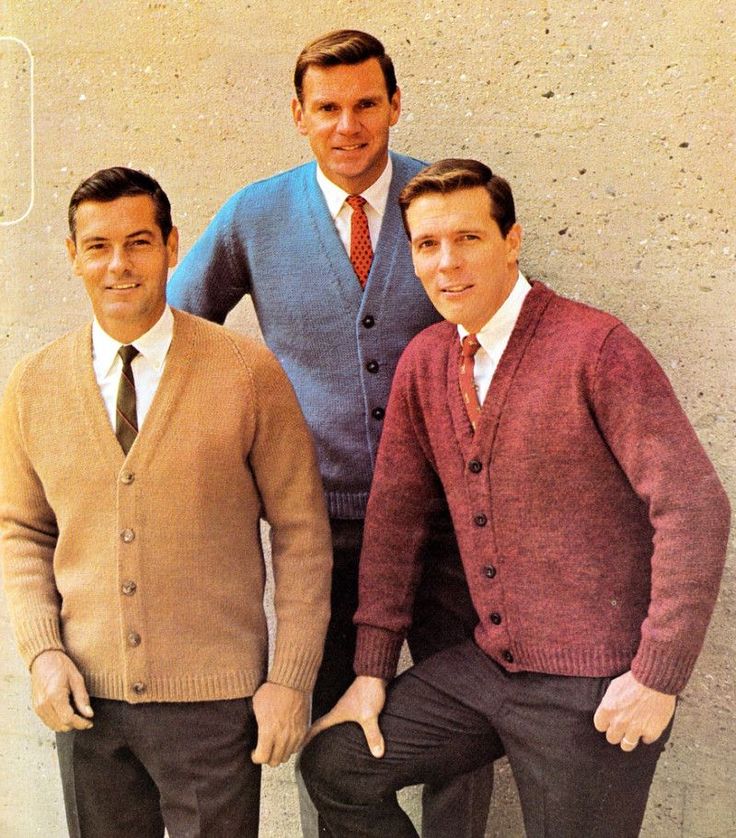
Comments
Loading…